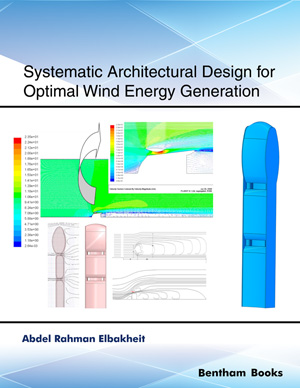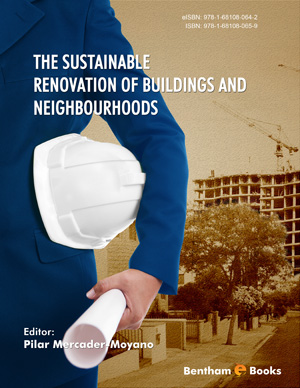Abstract
A main challenge for soft tissue regeneration is to develop products and therapies that minimize the fibrotic scarring characteristic of tissue repair. Scaffolds are three-dimensional structures in which cells can attach, grow and differentiate to form ex vivo or in vivo artificial tissue. They provide signals that trigger cell migration from the wound bed, as well as cell differentiation and cell secretion of extracellular matrix constituents. Scaffolds are made of natural or synthetic materials, with proteins from the collagen family being among the most used natural polymers. Collagen type I is a major component of the complex extracellular network of proteins that form the matrix of mammal tissues. Besides having cell-binding sequences, this protein is biodegradable, biocompatible, and exhibits a haemostatic effect when placed in open wounds. The aforementioned properties have made this compound a widely used natural material to produce scaffolds for tissue engineering skin and oral mucosa substitutes. This chapter reviews some of the parameters that influence the bioactivity of scaffolds emphasizing on collagen I scaffolds and their major applications in soft tissue engineering.
Keywords: Collagen I, artificial tissue, biomaterial, biocompatibility, extracellular matrix, scaffold microstructure, soft tissue regeneration, regenerative medicine, tissue engineering, wound healing.




















